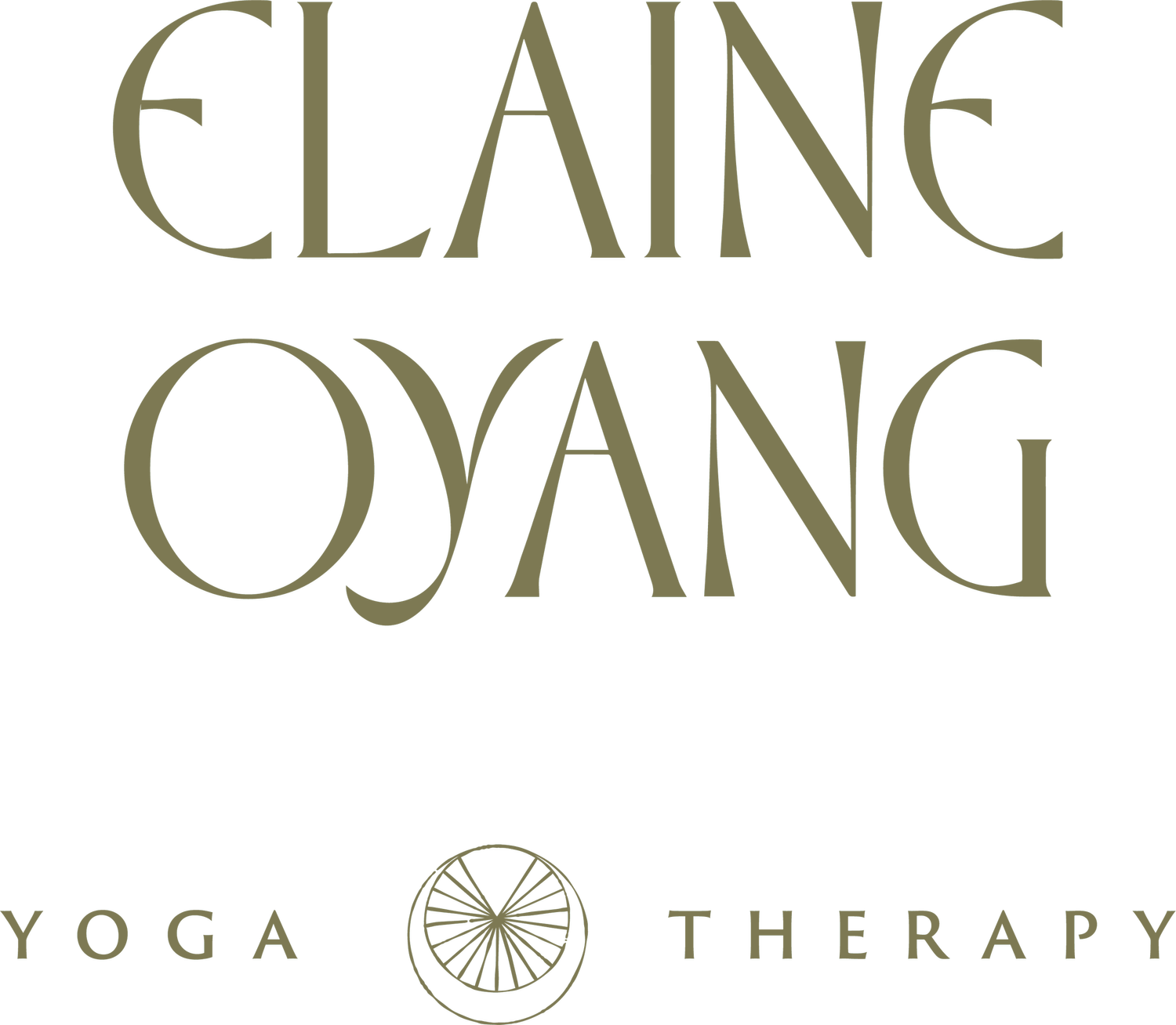Five key factor that impact chronic pain
Alyssa is a woman in her mid-40s, and like most women in their 40s, she is a busy mom with active children.
But what’s different about Alyssa is that she feels excruciating pain in her right thigh from a one-inch thick wooden splinter jammed up the length of her thigh, embedded deep in her muscles.
Except that multiple scans with multiple specialists have shown no foreign objects in her right leg.
Yet, the pain is real.
What makes pain, well, painful?
Pain is not always an indication of physical damage
Oftentimes, we think of pain as an indication of physical damage in the tissue. But the more we learn about the pain experience in the human body in the past decade, the more we realize that how we feel pain is actually multi-faceted.
There are multiple triggers in your internal and external environment that can create pain sensations. These alarms include, but are not limited to:
Mental wellness
Emotional health
Stress
Associated memories and trauma
Diet
Sleep
Physical activity or inactivity
Hormonal healt
All of these alarm systems listed can be used as either fuel to the already burning fire, which in this case, is the persistent pain, flaming it to become bigger and more uncontrollable.. But all of them can also be used for calming the raging, uncontrolled fire.
The other alarm systems of chronic pain
To use Alyssa’s story again, the accident which led to her injury and now persistent pain, was a very traumatic experience for her. She may be trapped in that trauma and stress loop, unable to resolve and shake that memory imprinted in her body and brain.
The pain she felt while the huge wooden splinter was jammed into her leg might have created fear around putting weight on her right leg and moving it, so much so that, despite the fact that her body is now free of the splinter, her body remembers what it was like and still holds onto that anticipation of pain, which can actually turn up the pain signals.
Being a busy mom, she has the added stress of providing for her family and for her children. The stress of not being able to do so might have further created a sense of threat, urgency, and instability, all of which are stressors that could agitate the nervous system in turning up the pain dial.
In order to start to move with more ease instead of being trapped in the fear or anticipation of pain, we need to start to look at these alarm systems beyond just the physical tissue damage itself.
Managing mental/emotional health, stress, diet, hormonal health, and sleep are a few essential factors in calming and cooling the fire, so that it is not as easily combustible. Working with a licensed therapist to resolve the trauma associated with the incidence that might have led to persistent pain, or the suppressed and unresolved emotions that can create a lot of internal stress, is another important step in calming the systems.
Physical activity, movement, and gentle exercises are needed to help the body and brain break free from the fear that moving can create more pain. Movement, in the right way and right dosage, not only helps reduce bodily tension, improve blood circulation to provide nourishment for healing, but also stimulates natural productions of pain killer agents in the body.
You can start with simple, therapeutic practices like this one, where you explore very gentle movements through your entire body while seated in a chair or lying down. The goal is to find what kind of movements work for you, doesn’t create more strain, and actually feels accessible and comfortable within your body.
Not ready to move yet? Try this guided meditation for pain management to help manage stress and release some body tension.
Take your pain care journey one step further
Did you enjoy this fresh content? Subscribe to my email to receive weekly education and experiential practices for pain care.
If you have any further questions, I am just one email away at [email protected]. Follow me on Instagram for more daily suggestions on pain management.

